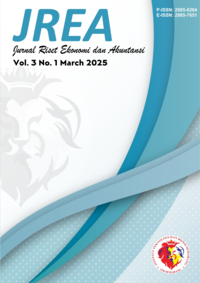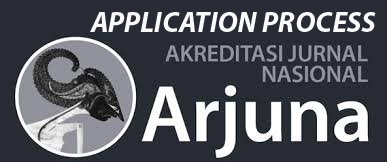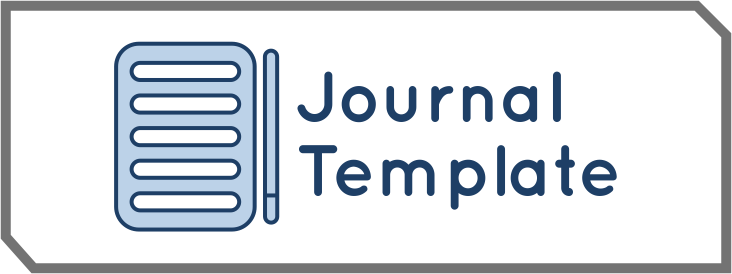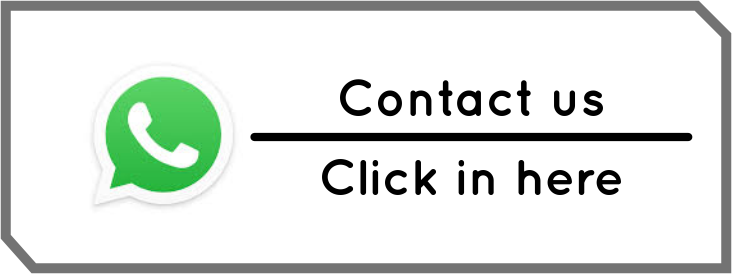Dampak Penggunaan Media Pembelajaran Inovatif terhadap Peningkatan Pemahaman Konsep Akuntansi bagi Mahasiswa di Universitas 17 Agustus 1945 Surabaya
DOI:
https://doi.org/10.54066/jrea-itb.v3i1.2877Keywords:
Learning Media, Innovative, Understanding Concepts, Accounting, Business SimulationAbstract
This study analyzes the impact of innovative learning media on students' understanding of accounting concepts at the University of 17 August 1945 Surabaya. Using a qualitative approach, data were collected through in-depth interviews and participatory observations involving lecturers and students. The study examined media such as business simulations, animated videos, and case-based applications. Findings reveal that innovative learning media enhance student participation, simplify complex accounting concepts, and improve practical skills. Additionally, interactions between lecturers and students became more dynamic and engaging. Despite these benefits, challenges like limited technological resources and the need for adaptation time remain obstacles. This study highlights the importance of developing and integrating educational technology to support effective and relevant accounting learning.
Downloads
References
Albrecht, W. S., & Sack, R. J. (2000). Accounting education: Charting the course through a perilous future. Accounting Education Series, 16, 1-37.
Bandura, A. (1986). Social foundations of thought and action: A social cognitive theory. Prentice Hall.
Bloom, B. S. (1956). Taxonomy of educational objectives: The classification of educational goals. Longman.
Bruner, J. S. (1966). Toward a theory of instruction. Harvard University Press.
Clark, R. C., & Mayer, R. E. (2016). E-learning and the science of instruction: Proven guidelines for consumers and designers of multimedia learning (4th ed.).
Gagné, R. M. (1985). The conditions of learning and theory of instruction (4th ed.).
Holt, Rinehart & Winston. Schunk, D. H. (2012). Learning theories: An educational perspective (6th ed.).
Koehler, M. J., & Mishra, P. (2009). What is technological pedagogical content knowledge (TPACK)?. Contemporary Issues in Technology and Teacher Education, 9(1), 60-70.
Mayer, R. E. (2009). Multimedia learning (2nd ed.). Cambridge University Press. Piaget, J. (1970). Psychology and pedagogy. Viking Press.
Pearson. Dewey, J. (1938). Experience and education. Macmillan.
Rebele, J. E., & Stout, D. L. (1991). Using active learning to enhance the teaching of financial accounting. Issues in Accounting Education, 6(2), 317-328.
Skinner, B. F. (1953). Science and human behavior. Macmillan.
Vygotsky, L. S. (1978). Mind in society: The development of higher psychological processes. Harvard University Press.
Wiley. Heinich, R., Molenda, M., Russell, J. D., & Smaldino, S. E. (2002). Instructional media and technologies for learning (7th ed.). Merrill Prentice Hall.
Downloads
Published
How to Cite
Issue
Section
License
Copyright (c) 2024 Jurnal Riset Ekonomi dan Akuntansi

This work is licensed under a Creative Commons Attribution-ShareAlike 4.0 International License.







